Tags :: Mission: Impossible
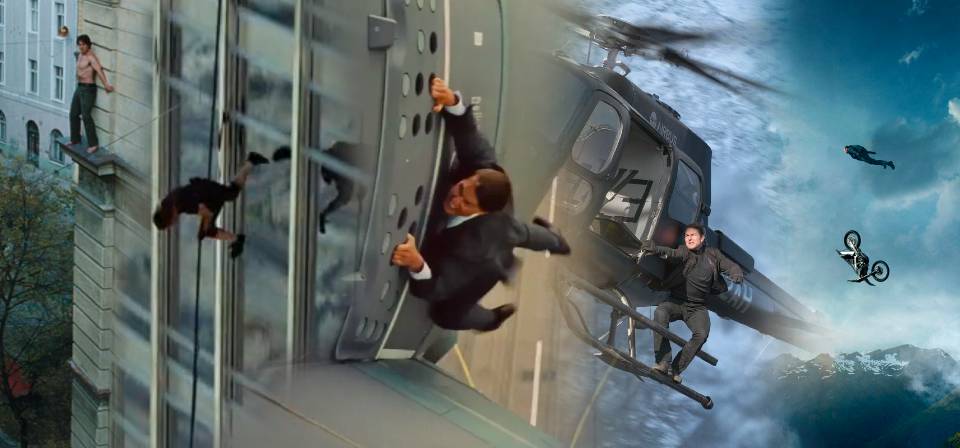
Ethan Hunt’s second act and Tom Cruise’s third: The unending impossible mission
What the Mission: Impossible series discovers in this moment is this: Imperfect stunts can be more thrilling than perfect ones, and an unflappable superman who always knows exactly what to do and does it perfectly is less exciting than a fallible, vulnerable action hero — one who can be caught by surprise, who hesitates and has misgivings, who is forced to improvise, sometimes miscalculating and even getting hurt.
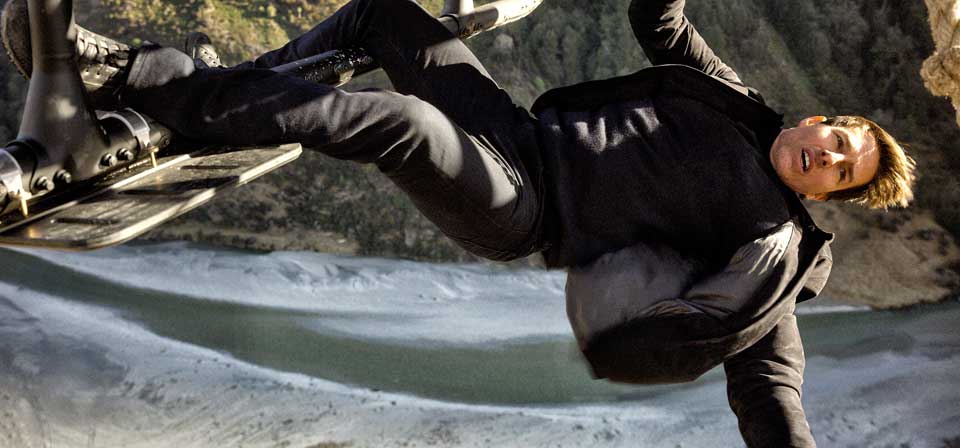
Mission: Impossible – Fallout (2018)
Mission: Impossible – Fallout completes possibly the most improbable cinematic hat trick in Hollywood history: An unpromising series that began with three patchy, uneven entries has now produced three terrifically entertaining ones.
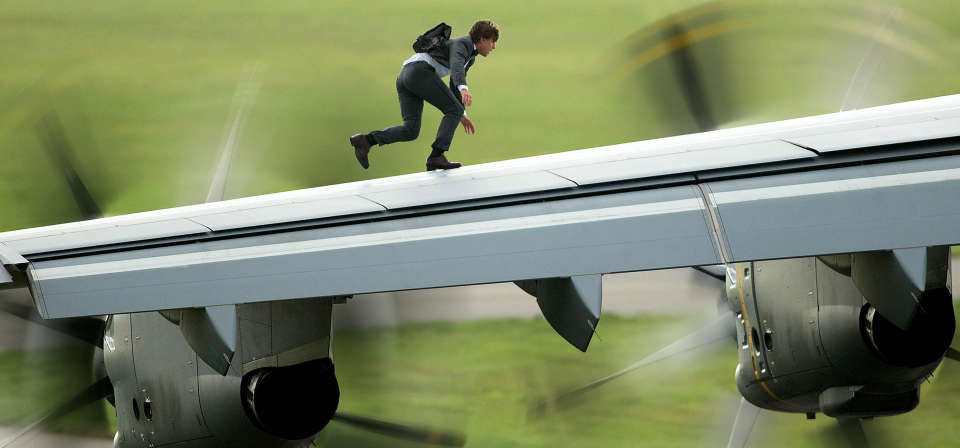
Mission: Impossible – Rogue Nation (2015)
Building on the momentum of its predecessor, McQuarry whips up a similar blend of brilliantly constructed set pieces, spectacular stunts, humor, exotic locations and — well, that’s about it, really. What more do you need?
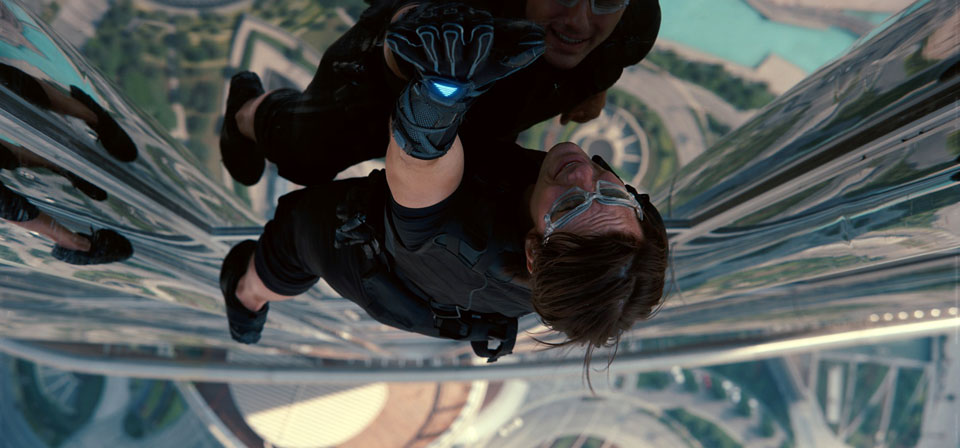
Mission: Impossible – Ghost Protocol (2011)
Brad Bird’s Mission: Impossible - Ghost Protocol is so preposterously entertaining that it makes watching other recent Hollywood action spectacles feel like work. What in the last few years even compares to it?
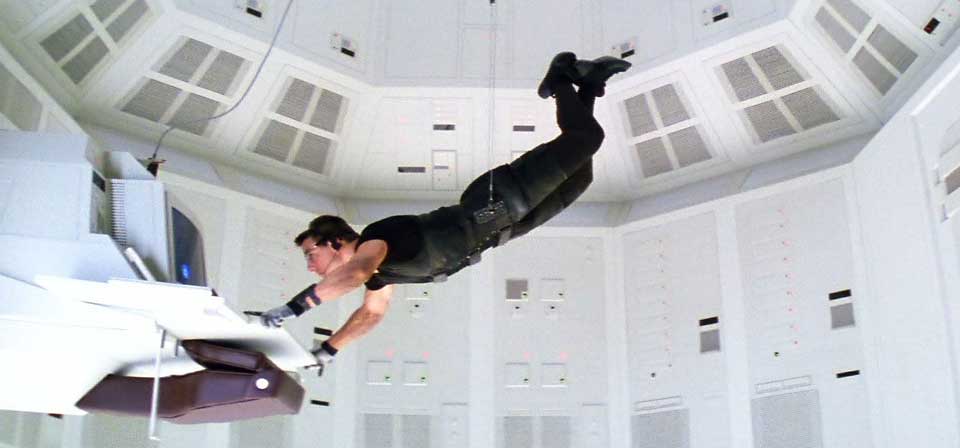
Mission: Impossible (1996)
As he did with The Untouchables, in Mission: Impossible De Palma borrows the marquee value of an earlier franchise as a pretext for a series of loosely strung-together set pieces, highlighted by a single dazzling sequence that’s better than the rest of the movie put together.
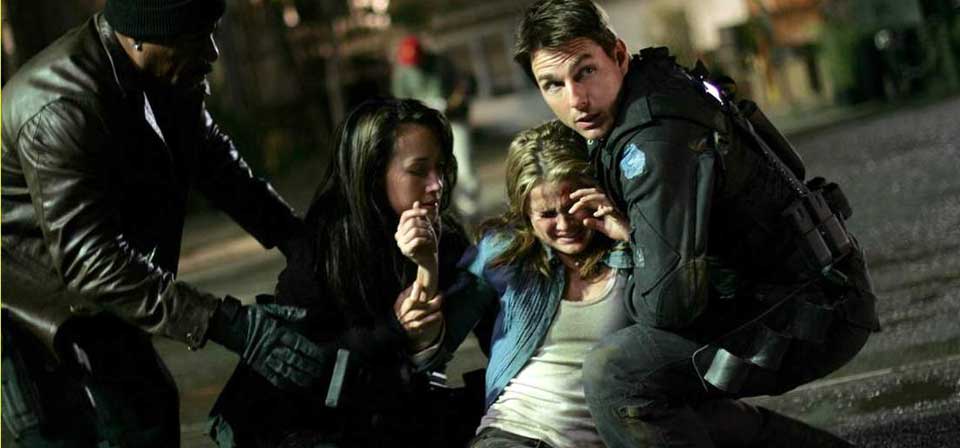
Mission: Impossible III (2006)
Despite its flaws, M:I‑III is competent, disposable entertainment. There’s nothing here that really grabs you like the first film’s CIA break-in, but it doesn’t leave a sour taste like Woo’s M:I‑II. Even so, in the post-007 world of Jason Bourne, that may not be enough.
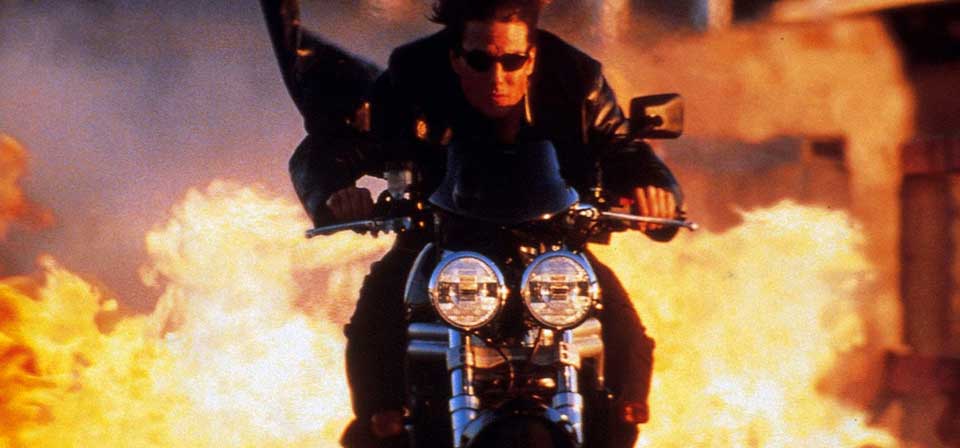
Mission: Impossible II (2000)
This second Mission: Impossible film has almost as little to do with the 1996 blockbuster original as the latter had with the classic TV series whose name it happened to share.
Recent
- Benoit Blanc goes to church: Mysteries and faith in Wake Up Dead Man
- Are there too many Jesus movies?
- Antidote to the digital revolution: Carlo Acutis: Roadmap to Reality
- “Not I, But God”: Interview with Carlo Acutis: Roadmap to Reality director Tim Moriarty
- Gunn’s Superman is silly and sincere, and that’s good. It could be smarter.
Home Video
Copyright © 2000– Steven D. Greydanus. All rights reserved.